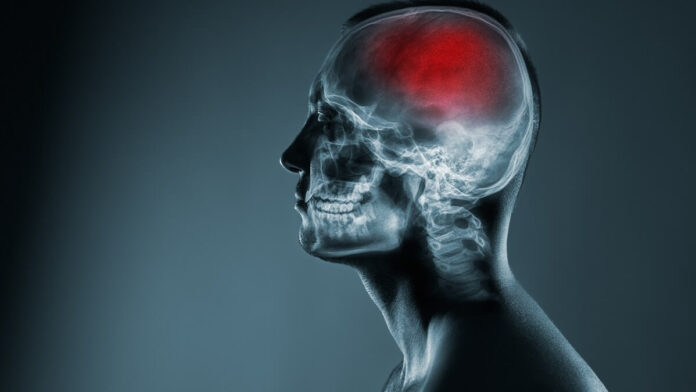Have you ever heard of lateropulsion? If you haven’t, don’t be too alarmed – many Australians haven’t. In fact, as I type it into Microsoft Word, it gets the dreaded red ‘spelling error’ underline.
I must admit that, until recently, I was part of the uninformed Australian cohort. The truth is, though, more of us probably should know about lateropulsion, particularly those of us who know someone who has suffered a stroke.
So let’s get down to the science of lateropulsion – what it is and why more Australians should know about it.
Lateropulsion is a clinical condition that causes the body to lean to one side. It affects about half of all stroke survivors. It is, in fact, a common problem, which begs the question, why have many Aussies not heard of it?
Dr Jessica Nolan, Edith Cowan University (ECU) PhD graduate, believes she knows why. Lateropulsion, she says, is still severely under-recognised and under-assessed around the world.
“A person with lateropulsion uses the limbs on their stronger side, to push themselves over toward their weaker side,” Dr Nolan says. “Often those with lateropulsion resist correction back towards their stronger side or the mid-line.”
Is that a problem? Yes, says Dr Nolan. “This can cause problems with sitting, standing, walking and looking after themselves. It is also associated with a higher risk of falling, reduced recovery and a reduced likelihood of discharge after in-patient rehabilitation.”
Why understanding and treating lateropulsion matters
Okay, so now that we have a basic understanding of lateropulsion and its consequences, what should we do about it?
As individuals, probably not much, apart from those of us in the medical profession. On a wider scale, the medical community needs to make lateropulsion a focus of research, Dr Nolan says.
“The treatment of lateropulsion in stroke survivors is a critical aspect of rehabilitation, However, the issue requires better understanding and more research.”
There are an estimated 40,000 or more stroke events in Australia every year. As such, a better understanding and treatment is likely to have a positive effect on many stroke patients. What’s more, it’s likely to prevent much heartache and inconvenience for the patients’ carers and others in their lives.
Improvements in lateropulsion understanding will a countrywide – indeed worldwide – impact. In 2020 it was estimated that more than 445,000 Australians were living with the side effects of stroke. That’s not a small number.
So what can be done to improve matters?
Dr Nolan believes there are several basic barriers to improving outcomes. She says there is a lack of agreement on terminology. A lack if defining features of the condition present obstacles to understanding its prevalence, Dr Nolan said. In turn this makes accurate comparison of research results and agreement on a consistent approach to rehabilitation difficult.
“People affected after a stroke may be at a disadvantage, because of the inconsistent approaches to rehabilitation and the failure of health policy to accommodate their rehabilitation needs,” Dr Nolan said.
“Improved understanding of the condition could lead to improved management, which will enhance patient outcomes after stroke and increase efficiency of healthcare resource use.”
Dr Nolan has led several efforts to achieve consensus, and has achieved partial success. While a consensus regarding terminology wasn’t reached, there was agreement that lateropulsion was the preferred term to describe the phenomenon. More than 100 consensus-based recommendations were also provided to guide rehabilitation of lateropulsion.
Next steps in lateropulsion
It’s a step in the right direction, but furthers steps are needed, Dr Nolan believes. The fact that lateropulsion symptoms take up to a year to resolve emphasises that point. A year is far longer than an average hospital stay for stroke patients.
Dr Nolan’s latest research found that lateropulsion severity was a predictor of long-term functional outcomes. This supports previous research findings.
“Lateropulsion after stroke can resolve, but it is dependent on access to ongoing rehabilitation,” Dr Nolan said. “People who do not have access to long-term rehabilitation following a stroke did not show the same extent of lateropulsion resolution or functional recovery.”
Are you close to someone who has had a stroke? Were you aware of the term lateropulsion? Let us know via the comments section below.
Also read: How to lower your stroke risk at every age
Health disclaimer: This article contains general information about health issues and is not advice. For health advice, consult your medical practitioner.

